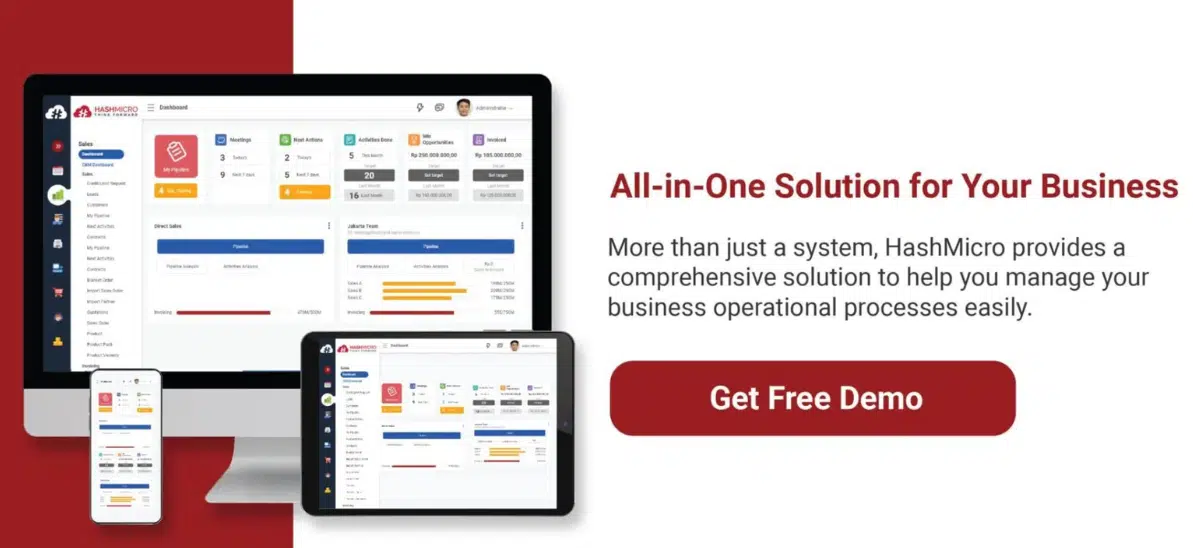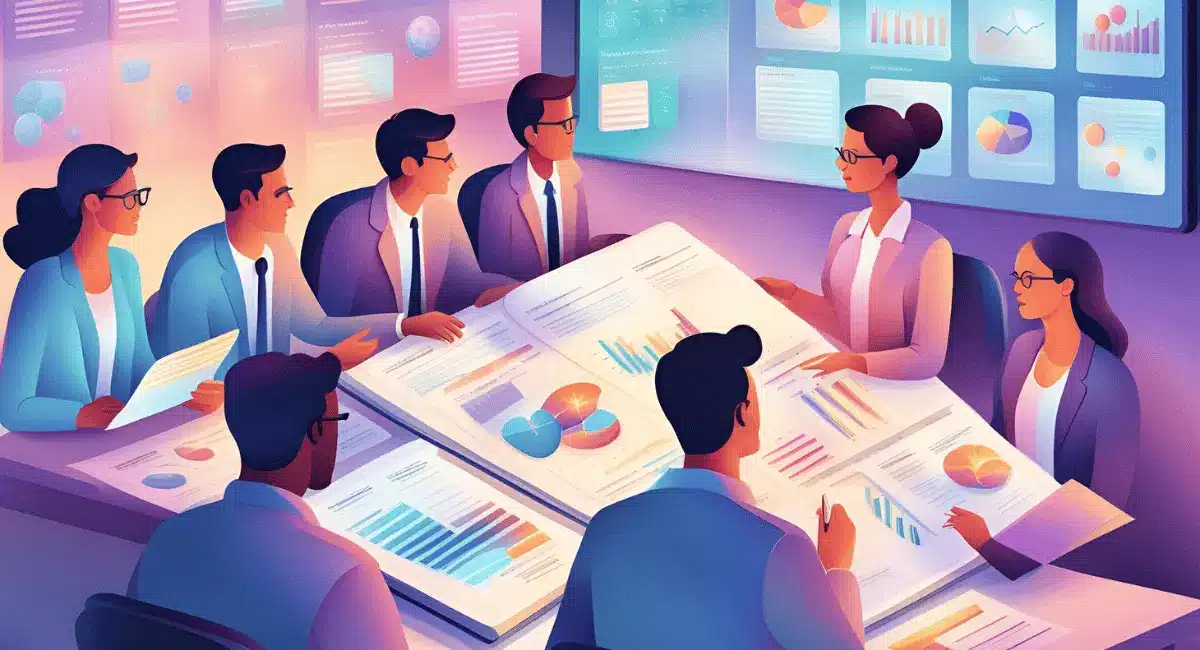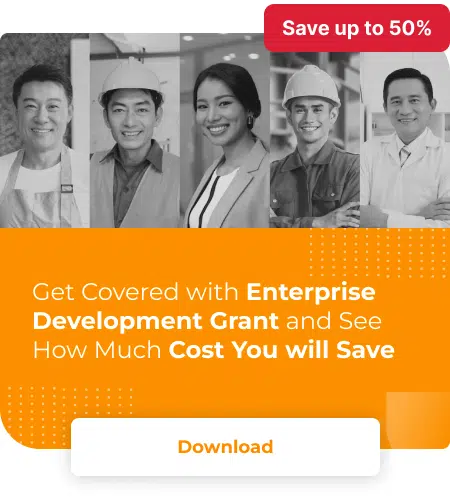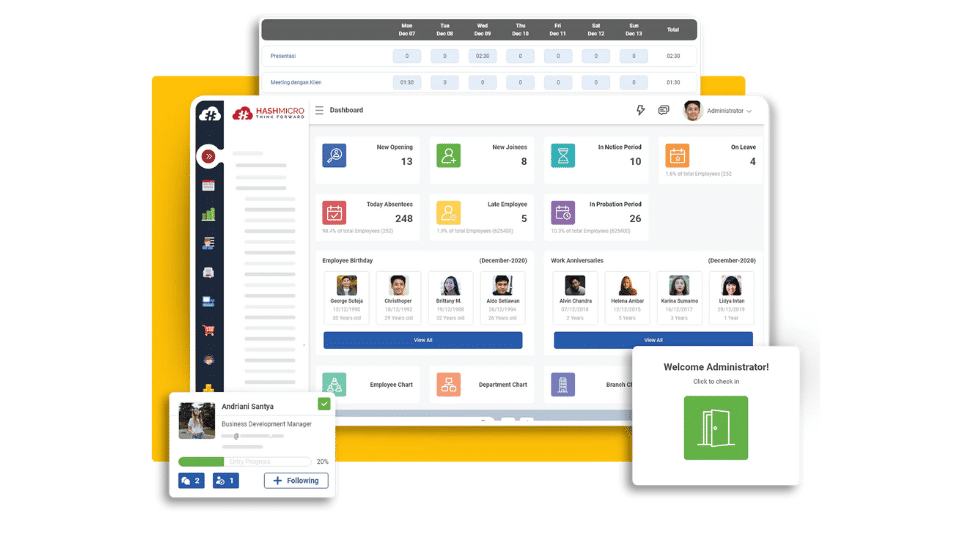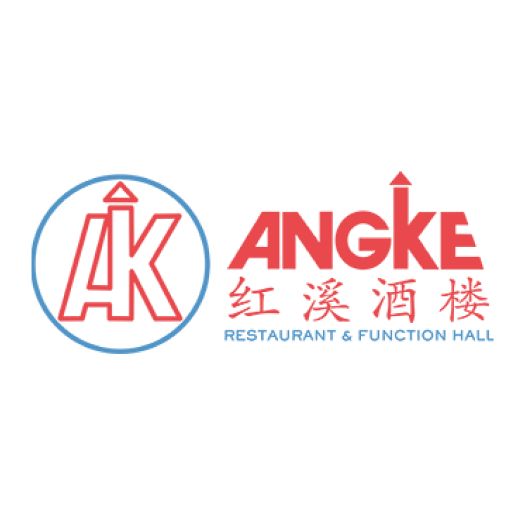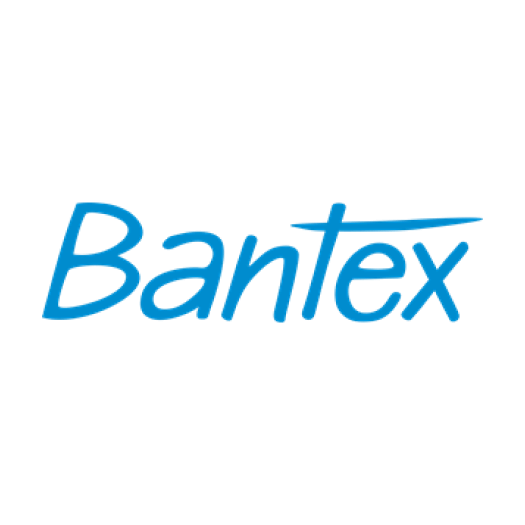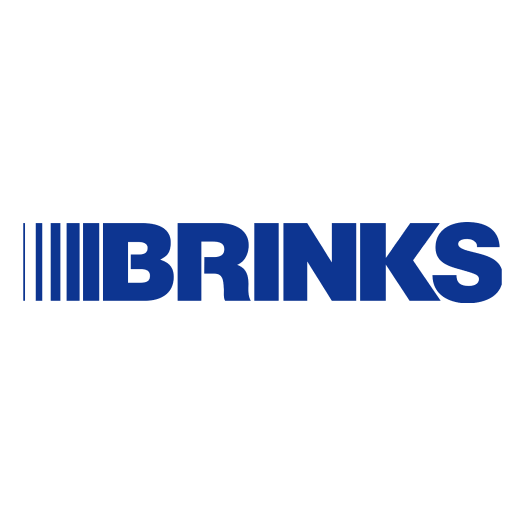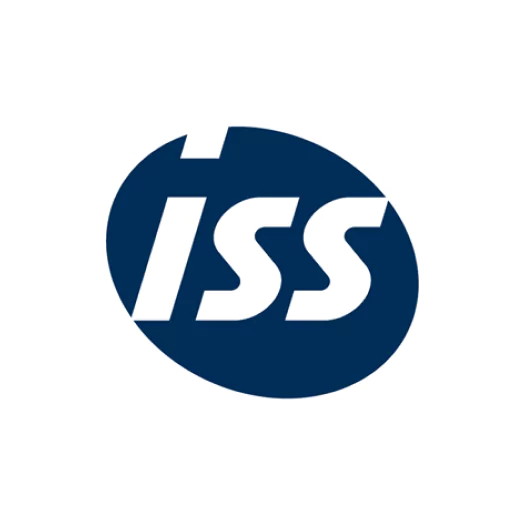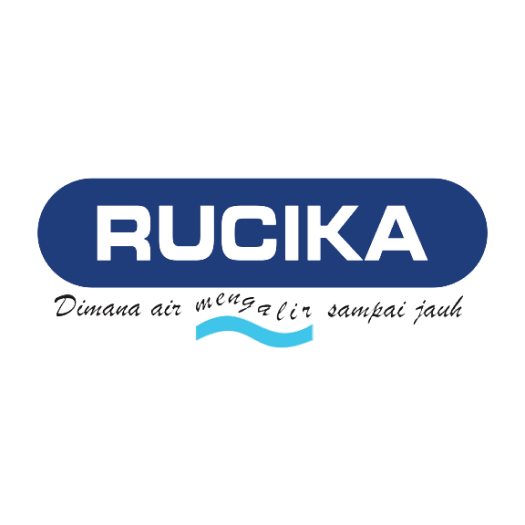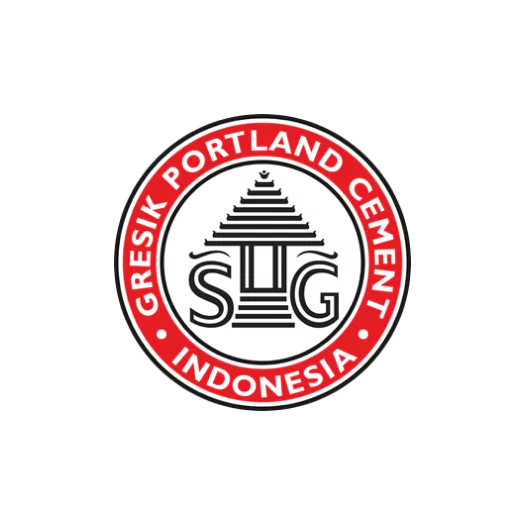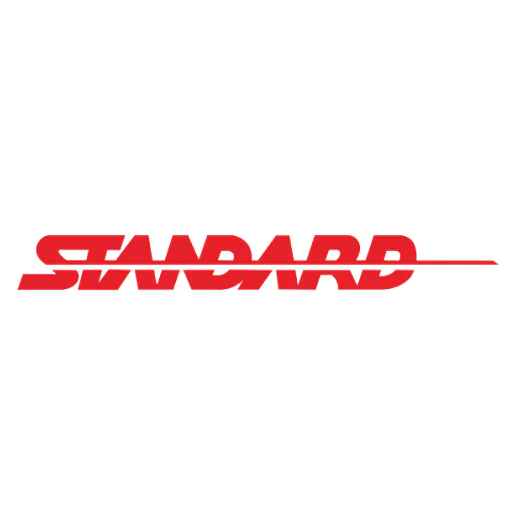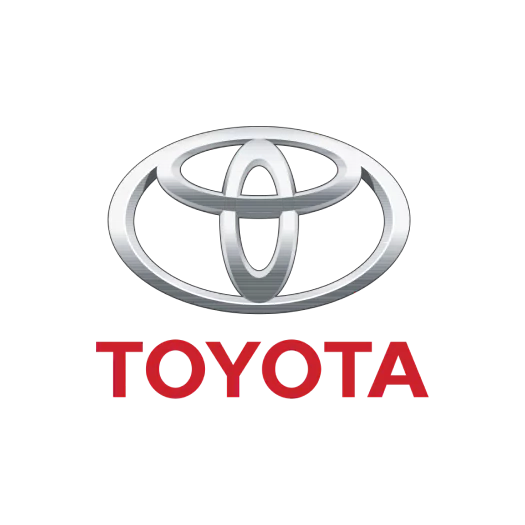Imagine running a business where you’re constantly scrambling to fill roles or meet deadlines. Without workforce planning, many Singaporean businesses face challenges like inefficiencies and missed opportunities, making it harder to grow and succeed.
With effective workforce planning, you can align your team’s skills with your business goals. This article will show you simple, actionable steps to create a strong workforce strategy that drives success. Keep reading to discover how to future-proof your business!
Key Takeaways
|
Table of Content:
Table of Content
What is Workforce Planning?
Workforce planning is like planning a party. You need to know how many guests are coming and what food to prepare. In business, it’s about figuring out how many employees you need and what skills they should have to get the job done.
For example, imagine a café in Singapore. During the holidays, they expect more customers, so they’ll need extra staff who know how to make coffee and handle the cash register.
Workforce planning helps the owner hire the right people at the right time. It also helps the café follow labor rules and handle sudden changes, like if an employee quits. This keeps the business running smoothly and ready for anything.
Is it Important?
Workforce planning keeps your team focused and your business running smoothly. It ensures you have the right people in the right roles, helping you avoid inefficiencies and unnecessary costs. Without it, businesses can miss key opportunities and face challenges that slow growth.
For Singaporean businesses, workforce planning helps handle local issues like skills shortages and staying compliant with labor laws. It prepares your team for market changes and makes resource allocation easier. This strategy builds a resilient workforce and sets your business up for long-term success.
Types of Workforce Planning
Workforce planning comes in different forms, each addressing specific business needs and timelines. By understanding these types, Singaporean businesses can ensure their teams are well-prepared and aligned with goals. They are:
| Types | Definition |
|---|---|
| Operational Planning | Focuses on short-term needs like filling vacancies or scheduling shifts to ensure smooth operations. |
| Tactical Planning | Covers mid-term strategies such as resource allocation for specific projects. |
| Strategic Planning | Aligns human resources with long-term business goals and building skilled teams. |
| Contingency Planning | Prepares for unexpected events by creating backup plans to handle challenges like economic changes. |
By applying these workforce planning types, businesses can address both immediate and future needs effectively. Each type ensures the organization remains flexible and ready to adapt to changes.
Benefits of Workforce Planning
Workforce planning helps Singaporean businesses align their teams with strategic goals and objectives. By placing the right people in the right roles, companies can work more efficiently and achieve sustainable growth.
- Aligns Human Capital with Business Goals by matching employees’ skills to what the business needs. This makes it easier for companies to hit their targets and grow effectively.
- Optimizes Resource Allocation by spotting gaps and using resources wisely. It improves productivity and helps reduce unnecessary costs.
- Supports Talent Development and Succession Planning by building skilled teams and developing future leaders. This boosts loyalty and keeps your team ready for new challenges.
- Aids in Risk Management by preparing for potential workforce issues. It keeps operations running smoothly and minimizes disruptions.
- Enhances Diversity and Inclusion by encouraging fair hiring practices. This creates a competitive, innovative, and welcoming workplace.
These benefits are essential, as workforce planning helps companies adapt to change, improve their processes, and build strong, resilient teams for the future.
Components of Workforce Planning
Workforce planning includes key parts that help businesses prepare their teams for future needs and goals. Each step works together to create a clear and effective way to build a skilled and efficient workforce.
Here are the components of workforce planning:
- Forecasting Labor Demand means looking at business goals and market trends to predict future workforce needs. This helps businesses avoid talent shortages and stay prepared.
- Assessing Current Workforce Capabilities identifies the skills and expertise already in the organization. It gives you a clear starting point for planning and highlights areas to improve.
- Identifying Skills Gaps points out where training or hiring is needed to bridge the difference between what you have now and what you will need later.
- Developing Strategies to Address Gaps includes creating recruitment plans, launching training programs, or building internal talent development initiatives to meet your goals.
These steps give businesses a roadmap to plan their workforce effectively. Using HRIS systems in your workforce planning component takes things up a notch by automating tasks and keeping all your workforce data in one place.




